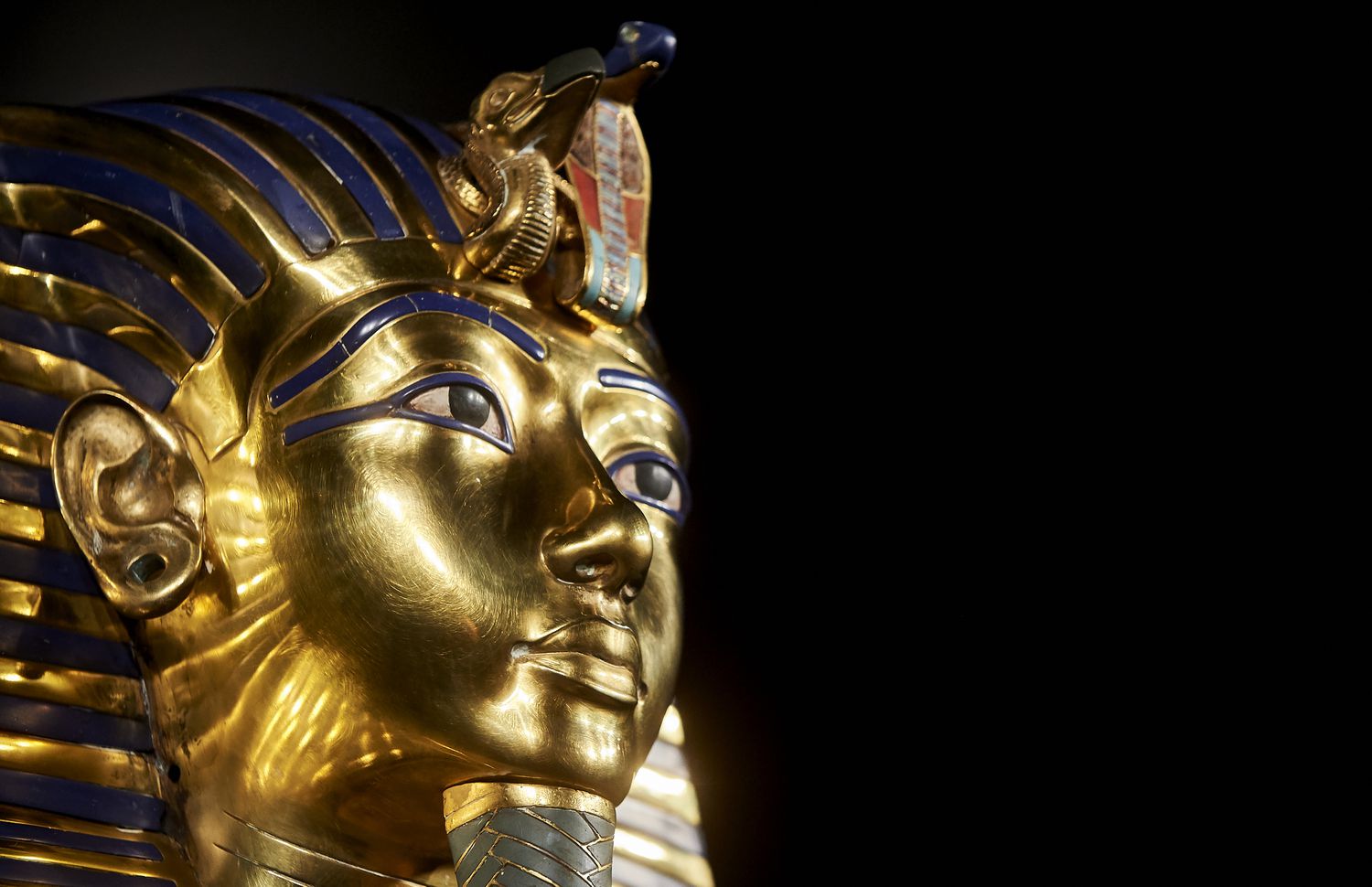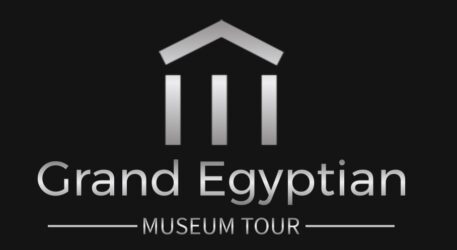
In the vast desert landscape of Egypt, the enigmatic Sphinx stands as a timeless guardian, captivating the imagination and curiosity of people around the world. With its iconic lion’s body and human head, the Sphinx is one of the most recognizable and enduring symbols of ancient Egypt. In this blog post, we will delve into the history, symbolism, and mysteries surrounding this magnificent monument, shedding light on its cultural significance and role in Egyptian mythology.
- Origins and Construction:
The Sphinx, located on the Giza Plateau near Cairo, was built during the Old Kingdom of ancient Egypt, likely around 2500 BCE. Its precise purpose and the identity of the pharaoh it was dedicated to remain subjects of debate among scholars. However, it is widely believed to have been commissioned by Pharaoh Khafre, who ruled during the Fourth Dynasty.
Carved from a single block of limestone, the Sphinx measures approximately 73 meters (240 feet) in length and stands 20 meters (66 feet) tall. Its majestic presence and intricate detailing demonstrate the remarkable craftsmanship and engineering prowess of ancient Egyptian artisans.
- Symbolism and Mythological Significance:
The Sphinx holds great symbolic and mythological significance within ancient Egyptian culture. It embodies the fusion of human intelligence and the strength and power of a lion, symbolizing the pharaoh’s divine authority and his role as a protector of Egypt.
In Egyptian mythology, the Sphinx was associated with the sun god Horus and represented the solar aspects of kingship. The pharaoh was believed to be the living embodiment of Horus on Earth, and the Sphinx served as a guardian and protector of his divine rule.
- The Great Sphinx’s Enigmatic Riddle:
The Sphinx is also famous for the mythical riddle it posed to travelers. According to legend, the Sphinx would allow passage through the desert only to those who could answer its riddle: “What creature walks on four legs in the morning, two legs at noon, and three legs in the evening?” The answer, famously given by Oedipus in Greek mythology, is “Man,” representing the stages of human life.
- Conservation and Restoration:
Over the centuries, the Sphinx has weathered natural erosion, including damage caused by sand, wind, and water. Various restoration efforts have been undertaken to preserve this iconic monument. Notably, the most extensive restoration project in modern times occurred in the 20th century, with efforts to stabilize its structure, repair damage, and protect it from further deterioration.

